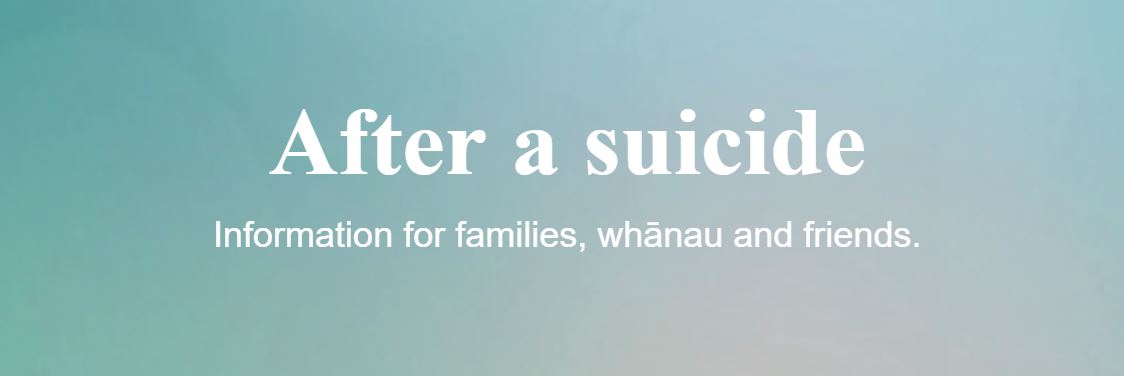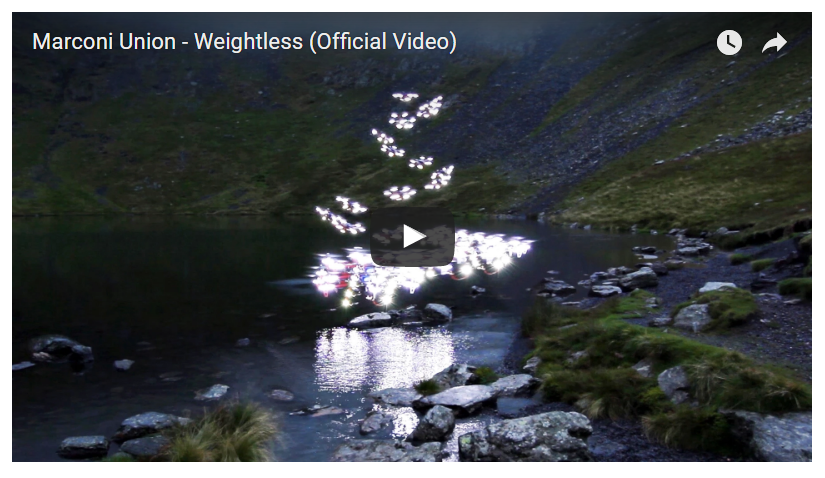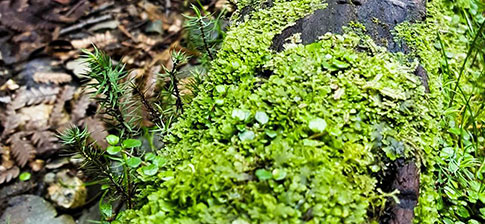Workplaces are an ideal opportunity to address mental health issues and suicide related behaviours with the majority of individuals who die by suicide likely to be in the workforce. In NZ over a 5-year period, the majority of men in the 25-65-year-old
age group who died by suicide were in the workforce making this an opportunity for intervention

CASA is proud to announce our NZ focused guidelines for the management of suicide clusters.
“We hope the guidelines offer a valuable insight and simple and accessible framework and resource to support communities to make sense of that complex situation of a suicide cluster. Each community that uses these guidelines to save a life to suicide, means that there is one less family member which has lost a loved family member, one less member of a community who has been lost to suicide. Therefore, these guidelines will be doing what they were intended to do – minimise further loss to suicide in a suicide cluster situation”
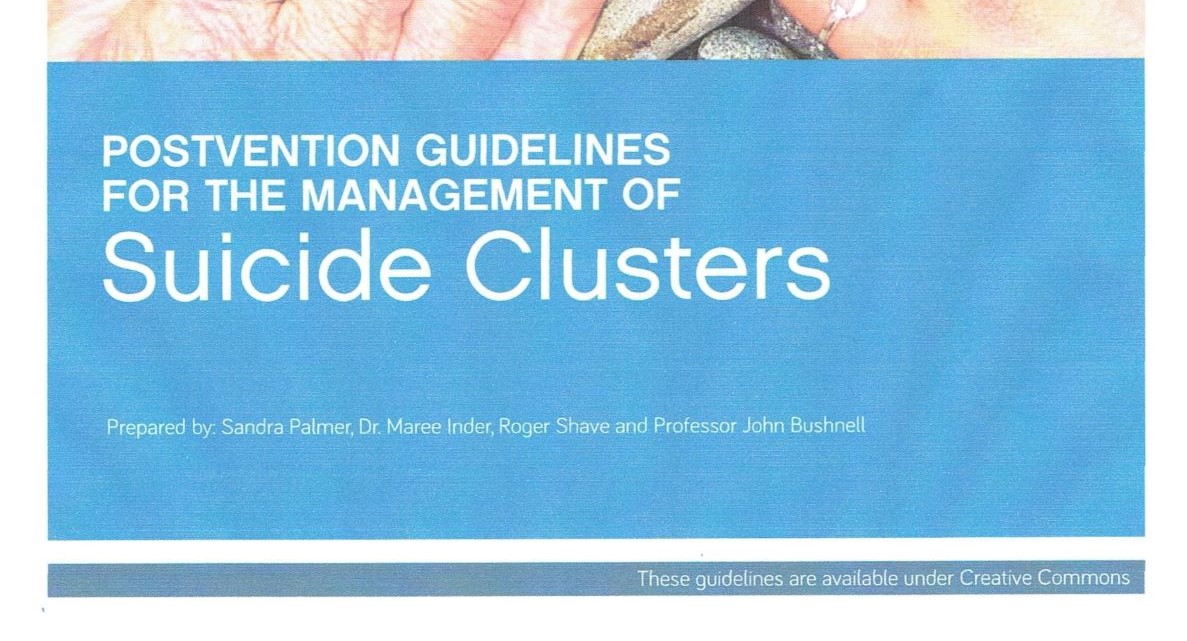
The second season of '13 Reasons Why' was released on Friday, 18 May on Netflix. All 13 episodes are available to view from release. Given how controversial and potentially triggering the show it, it is important to be informed about the show, and where to get further support and information if required.
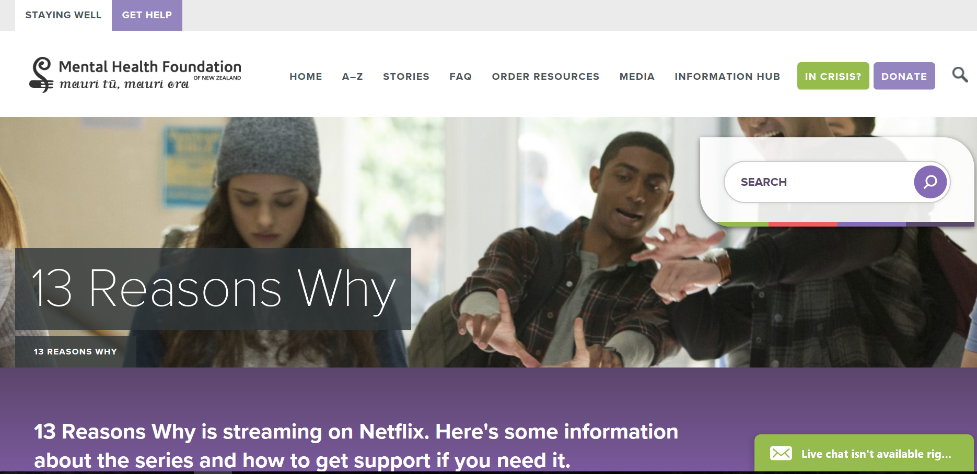
We are naturally social creatures and biologically wired to socially connect with others. Nobody likes being lonely….even those who may struggle with socially connecting with others. We know that there are mental and physical health consequences of feeling lonely like poor sleep, low mood, low self-esteem, higher stress levels, as well as negatively affecting our immune and cardiovascular systems [1, 2]. The consequences can be different for everybody, and some people may not appear as negatively affected by their level of connectedness (we all have different needs and expectations).
This recent piece from Lancet Psychiatry reviews the current evidence in suicide prevention and tells use where the evidence is strong and where it is lacking. It provides an overview of the current literature and the effectiveness of what we are currently doing to help those that are feeling suicidal...
The Mental Health Foundation have launched a new resource ‘After a suicide’ for family, whanau and friends to assist yourself or others through the aftermath of a suicide of a loved one.
Mental health awareness week is coming up in October (9th-15th) and this year’s theme is “Nature is Key – Unlock your Wellbeing"
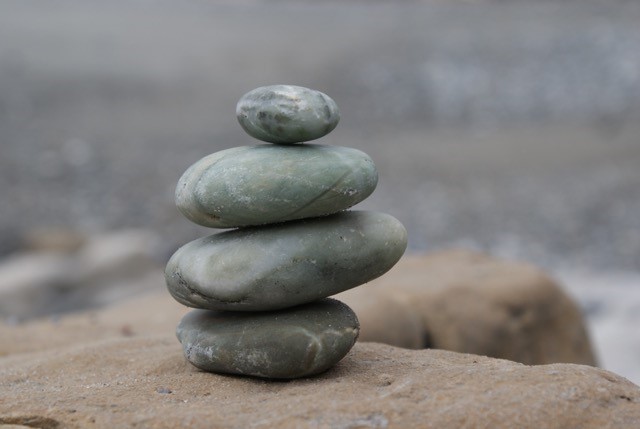
They say change is as good as a holiday. While that may be true in some contexts, most of us know that when the changes happening are outside of our control ‘holiday’ is probably not the term we would choose! Many of us work in contexts where there is significant change occurring. An unwanted side-effect of organisational change can be workplace fatigue (commonly known as burnout) which can manifest in dissatisfaction or disenchantment in our work, emotional and physical health effects, or apathy.
Suicide is a complex phenomenon therefore approaches to suicide prevention need to be able to address this complexity The World Health Organisation has identified suicide prevention as a global imperative. Effective suicide prevention requires a vision, a plan and a set of strategies which can be achieved through a national suicide prevention strategy.
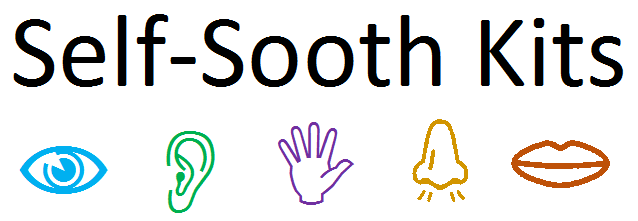
A self-soothe kit is a great tool that can provide relief in moments of distress. To make one, you put together a collection of items that each function to soothe the five senses (smell, hearing, taste, touch, and sight) in some way. You can then turn to these items before, after, or during stressful events to help yourself calm down and feel better.
Whilst social media can provide an opportunity for many young people to helpfully connect with others and access supports, there are some online behaviours and sites that aren’t as helpful. Such sites can include websites or social media that encourage self-harming, go into detail about ways and means to harm or kill yourself, act as a platform for bullying, or encourage unskilful risk taking behaviour. Given the risks imposed by such sites, it is important we are aware of these influences in our young people’s lives when checking with them about their supports or areas they feel stress them out.
’13 Reasons Why’ is a series currently showing on Netflix in New Zealand (and worldwide). The series is based on the book ‘Thirteen Reasons Why’ by Jay Asher and focusses on an adolescent whom suicides and the fallout from this. The show features a series of tapes where the young person describes the events that she perceives have led her suicide including those people that she believes to have had roles in her decision. These events include the spreading of rumours about her; relationship breakdowns and isolation; bullying; pressure in intimate relationships; sexual assault; and the perception of failure by the system for helping when help was sought (both by the young person and her mother).
If you’re feeling stressed out, or having trouble sleeping, check this out. It's a site that could improve your stress levels and your sleep...
It’s music that was created for a spa, as a collaboration involving scientists at a market research lab and the founder of the British Academy of Sound Therapy. Researchers reported that listening to it while doing stressful tasks was associated with a reduction of overall anxiety by 65% and physiological arousal by 35%.
![]()
Apps are a great way to provide additional support for people going through a difficult time. The Virtual Hope Box is a free app that can be really useful for anyone.
This month, CASA is celebrating our ten years of involvement in suicide prevention in NZ. Over this time, our programs and offerings have evolved based on insights we have gained and emerging evidence. Some of these changes are described below.
Media Reporting and Suicide: From Goethe to Mozart – how to make sense of suicide reporting in New Zealand
The recent amendments to the Coroners Act in July 2016 have once again increased discussions about whether we should be talking about suicide more publicly in the media.


